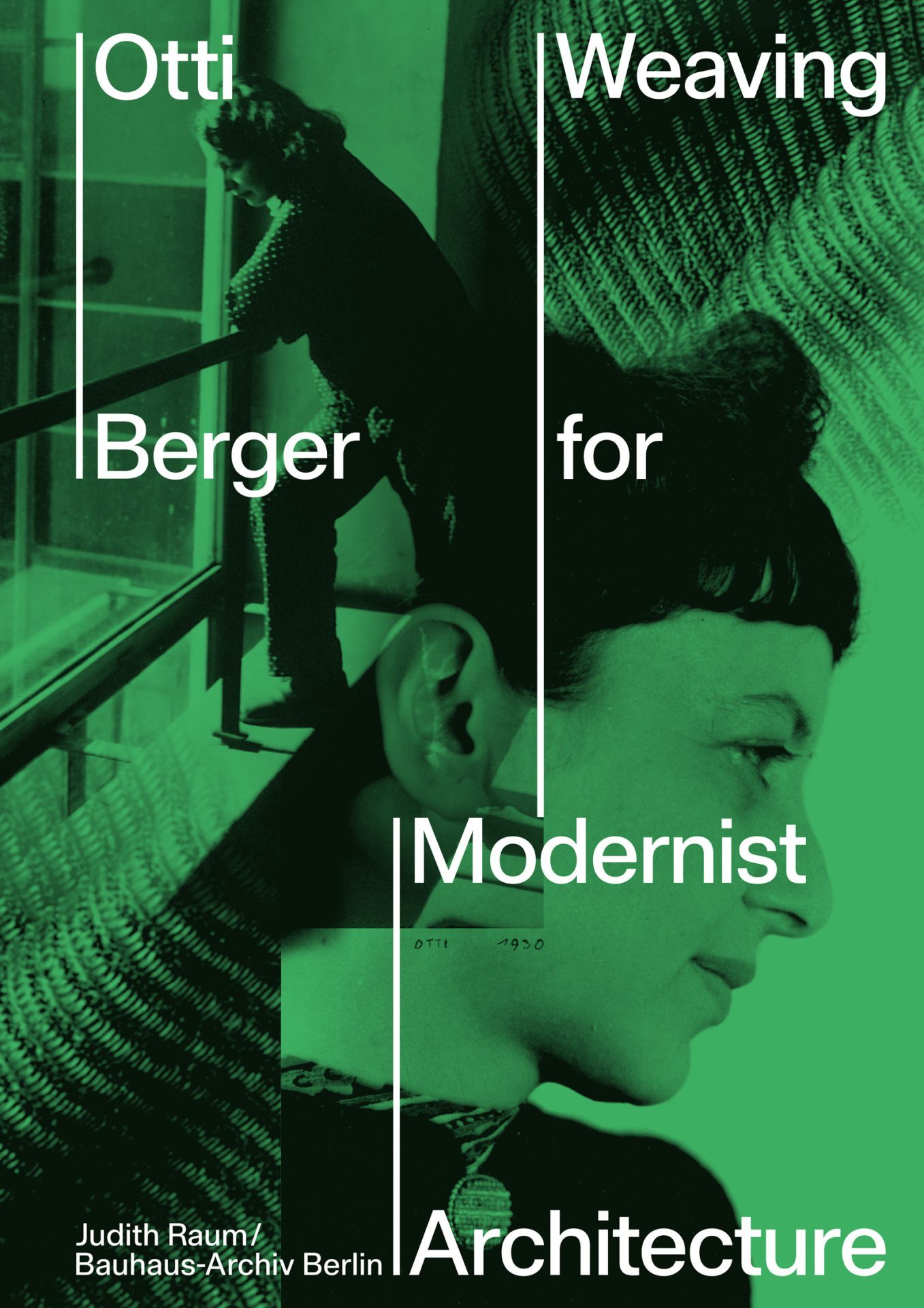Judith Raum: Otti Berger — Weaving for Modernist Architecture

Otti Berger — Weaving for Modernist Architecture
Edited by Judith Raum for the Bauhaus-Archiv Berlin / Museum für Gestaltung
351 pages, numerous illustrations
Hardcover
Hatje Cantz, 2024, English with German-language insert
In Berlin in the early 1930s, Otti Berger (1898-1944) was a female entrepreneur who created fabrics that fundamentally changed the understanding of what textiles could be and achieve. She worked closely with practitioners of the New Architecture, such as Lilly Reich, Ludwig Hilberseimer and Hans Scharoun, on her upholstery fabric designs, curtains, wall fabrics and floor coverings. She designed for new types of functional requirements and thus spelled out the interplay between aesthetics and function in a new way – with fascinating results that are still aesthetically and functionally convincing today. Little research has been done on Berger’s textile work to date. The visual artist and art historian Judith Raum (b. 1977) has become a specialist on Otti Berger’s work as a result of several research projects on the textile workshop at the Bauhaus. This book marks the conclusion of her multi-year cooperation project with the Bauhaus-Archiv Berlin, for which she has comprehensively researched Berger’s estate, which is scattered across archives around the world, for the first time.
Otti Berger was one of the most important textile designers of the 20th century. Born in Zmajevac, in the Austro- Hungarian Empire, present-day Croatia, she studied in Zagreb and from 1927 at the Bauhaus in Dessau. Leaving her teaching post at the Bauhaus, she set up her own business in Berlin in 1932 to design fabrics for modern interiors, but was banned from working due to her Jewish heritage in 1936. Attempts to escape to England and the USA failed. She was deported from Croatia to Auschwitz and was murdered there in 1944.
Please ask our colleagues in the Bauhaus-Shop for prices and availability.

